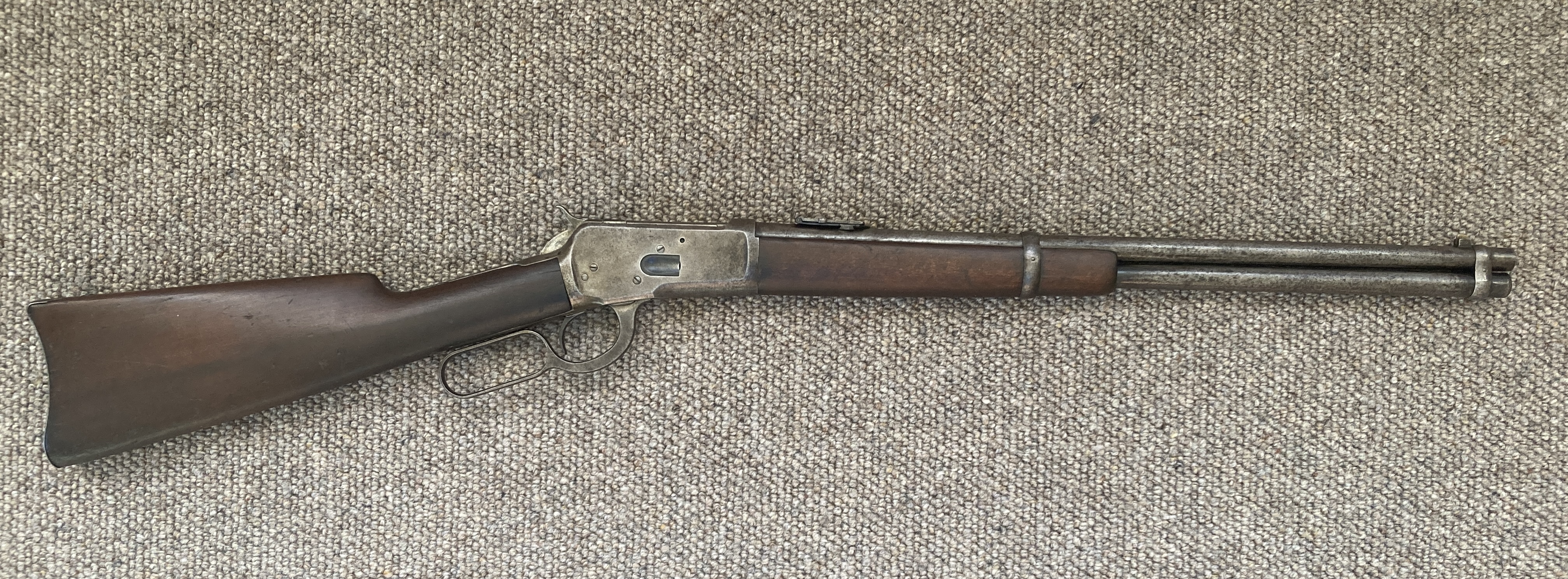Hey guys,
I was fortunate enough to be gifted a Winchester 1892 chambered in .44 WCF. Iím pretty sure itís a 20Ē saddle carbine and it was made in 1911 - looked that up on the internet.
Apparently it has been using black powder loads, and I was given a small bag of ammo with it- Kynoch head stamped. This old girl was in use previously and Iím keen to continue that. I donít know much about these old lever guns, but apparently cast bullets are the way to go. I guess Iím reaching out to anyone that can advise me of how to load and run this vintage rifle. I load for bottleneck cartridges so should be able to transition to the 44-40 ok.
Welcome guest, is this your first visit? Create Account now to join.
Welcome to the NZ Hunting and Shooting Forums.
Search Forums
User Tag List
Results 1 to 15 of 24
Thread: Advice about an 1892 Winchester
Threaded View
-
24-03-2024, 04:23 PM #1Member

- Join Date
- Aug 2019
- Location
- Manawatu
- Posts
- 1,056
Advice about an 1892 Winchester
Similar Threads
-
Winchester 1892 32-20
By FordyKK in forum IntroductionsReplies: 6Last Post: 02-11-2020, 07:30 AM -
Winchester 1892 - can't hit the side of a barn
By Manchester in forum Firearms, Optics and AccessoriesReplies: 29Last Post: 09-01-2020, 10:43 PM
Tags for this Thread
Welcome to NZ Hunting and Shooting Forums! We see you're new here, or arn't logged in. Create an account, and Login for full access including our FREE BUY and SELL section Register NOW!!




 33Likes
33Likes LinkBack URL
LinkBack URL About LinkBacks
About LinkBacks





 Reply With Quote
Reply With Quote


Bookmarks